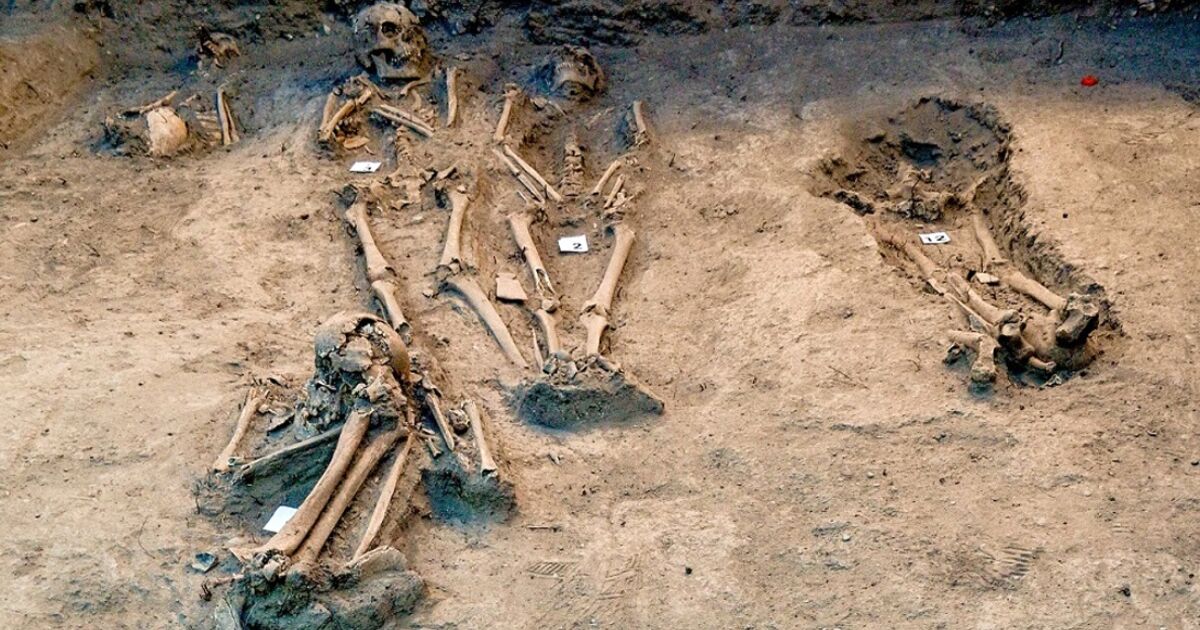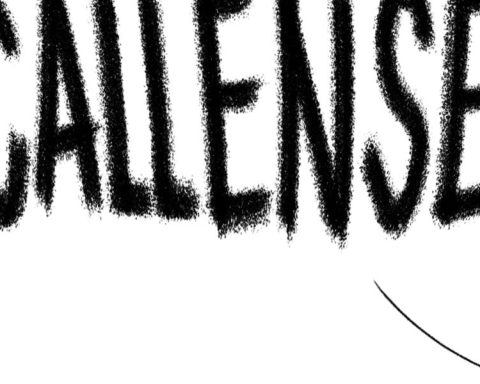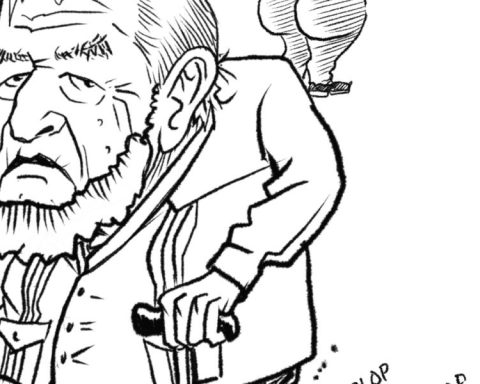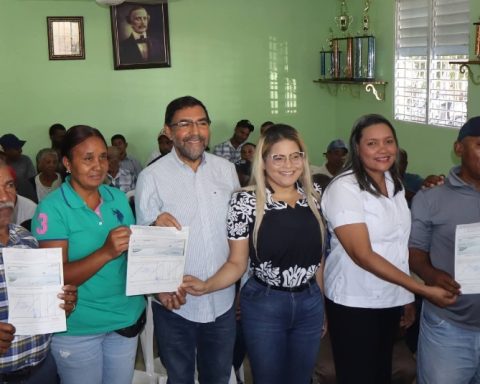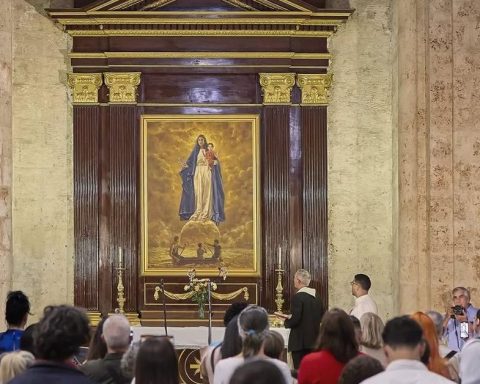The coordinator of the archaeological salvage, María de Lourdes López, explained that during the monitoring of the works, a test pit of 2 by 2 meters was made in which the remains were found from 1.37 meters deep.
With the assistance in the field from the archaeologists Blanca Copto and Alixbeth Daniela Aburto, it was decided to double the excavation and in the last three weeks, the team recovered the bones –in various states of conservation– of 21 individuals, mostly female adults. and male, including a pair of infants.
These had been buried directly into the ground and at three different times during the first century after the fall of Mexico-Tenochtitlan.
“Despite the fact that most of the burials presented the same west-east orientation, which alludes to the belief in the resurrection in the Christian faith, their arrangement suggests two types of population: one of indigenous origin, probably Mexica, and another European one”, they detailed.
(Photo: National Institute of Anthropology and History. )
López pointed out that the individuals were placed outstretched with their arms crossed over their chests or in the pelvic region, as required by the Catholic funeral rite, but two were buried flexed and laterally, in the Mesoamerican style.
In addition, another couple of individuals were buried carrying a seal and a green obsidian blade, both pre-Hispanic.
It is for these reasons that they proposed that this collective burial corresponds to an early viceroyalty cemetery.
The specialist, also attached to the National Museum of History, Castillo de Chapultepec, recalled that, in 2005, her colleague María Guadalupe Espinosa excavated a pantheon with burials of the same temporality, in a section of the atrium of the church of the Indian village of San Miguel Chapultepec, in the vicinity of the Garden of the Lions, in the First Section of the forest, but there was no reference to the recently discovered cemetery.
They commented that the epigenetic traits of certain individuals indicate the presence of two different populations in this context, the Amerindian individuals being identifiable by their spade-shaped teeth.
